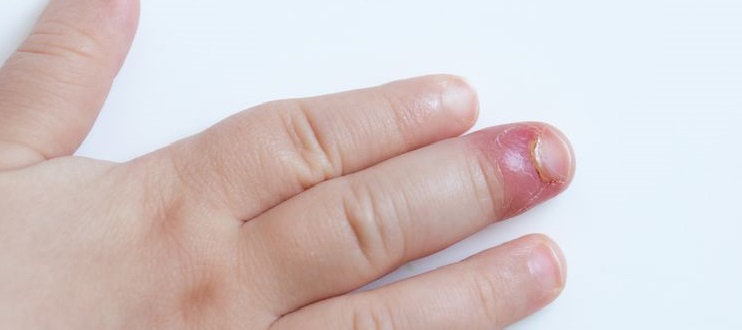

 Back to Suggested Publications
Back to Suggested Publications

WAidid suggests the article appeared on BMC Infectious Diseases on February 2015: "Early response to antibiotic treatment in European patients hospitalized with complicated skin and soft tissue infections: analysis of the REACH study"
SUMMARY:
Complicated skin and soft tissue infections (cSSTIs) represent a heterogeneous range of diseases, from severe infections affecting otherwise healthy patients, to relatively minor infections affecting patients with several comorbidities. Their treatment is challenging. REACH (REtrospective Study to Assess the Clinical Management of Patients With Moderate-to-Severe cSSTI or Community-Acquired Pneumonia in the Hospital Setting) was a retrospective observational study of cSSTI patients in real-life settings in European hospitals. In this analysis, the authors reviewed characteristics and outcomes of patients with an early response (≤72 hours) compared with those without an early response to treatment. They also compared the results according to two differing definitions of early response, one of which requires resolution of fever within 72 hours. Patients without early response were more likely to have diabetes than those with early response (31.6% vs. 22.9%, respectively) and to suffer from more severe disease (e.g. Skin necrosis: 14.8% and 7.7%, respectively), to be infected with difficult-to-treat microorganisms and to have recurrent infections. Furthermore, patients without early response had a higher rate of adverse clinical outcomes (e.g. Septic shock) and higher use of healthcare resources. The results obtained with the two definitions for early response were largely similar. This study highlights the significance of early evaluation of patients in hospitals, in potentially preventing prolonged use of inappropriate or ineffective antibacterial therapy.
AUTHORS: Javier Garau, Francesco Blasi, Jesús Medina, Kyle McBride, Helmut Ostermann andon behalf of the REACH study group
To read the article, click here.